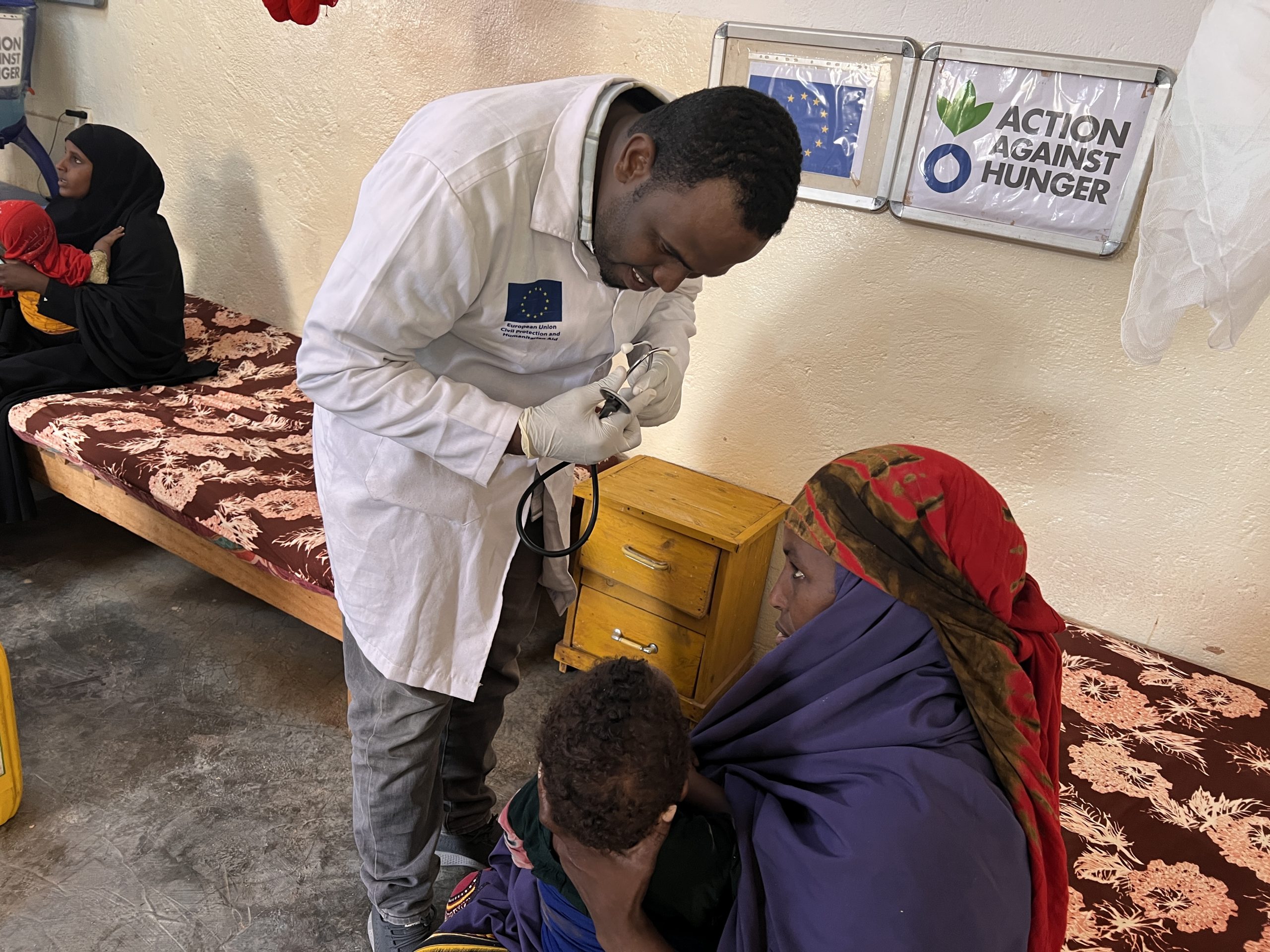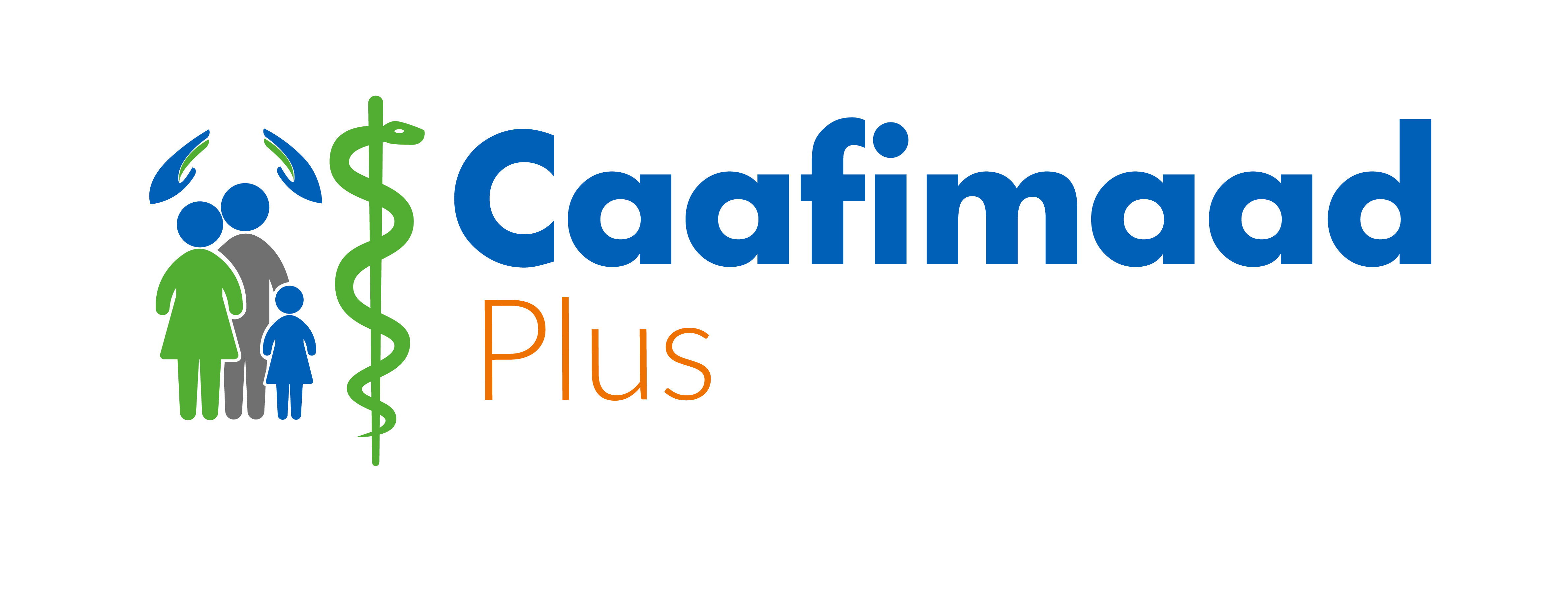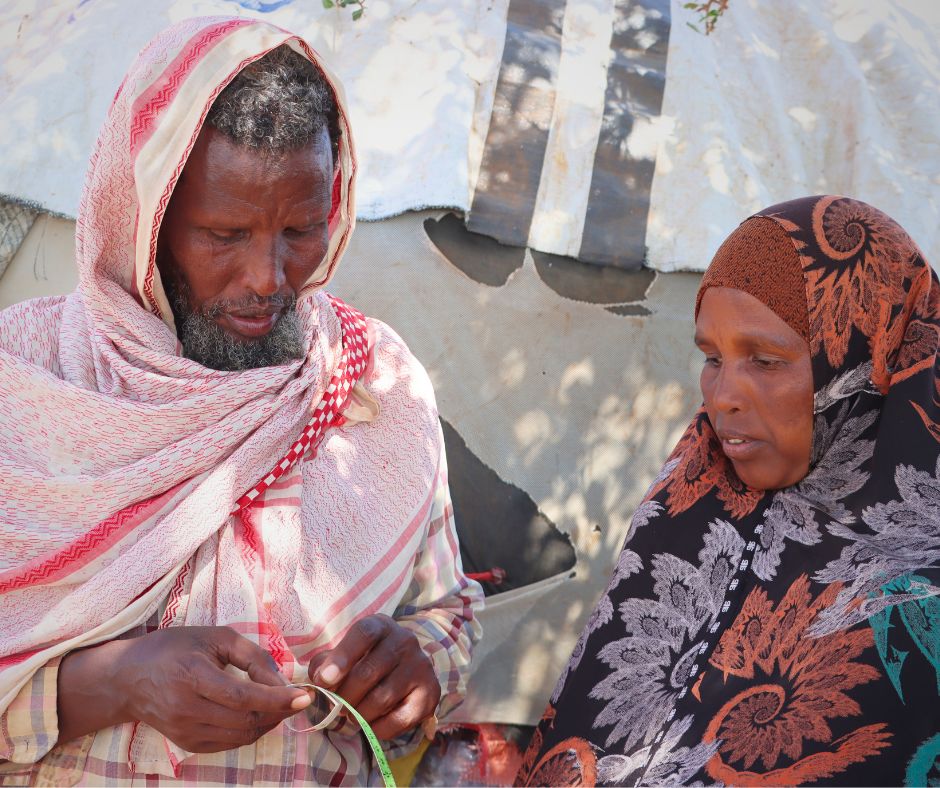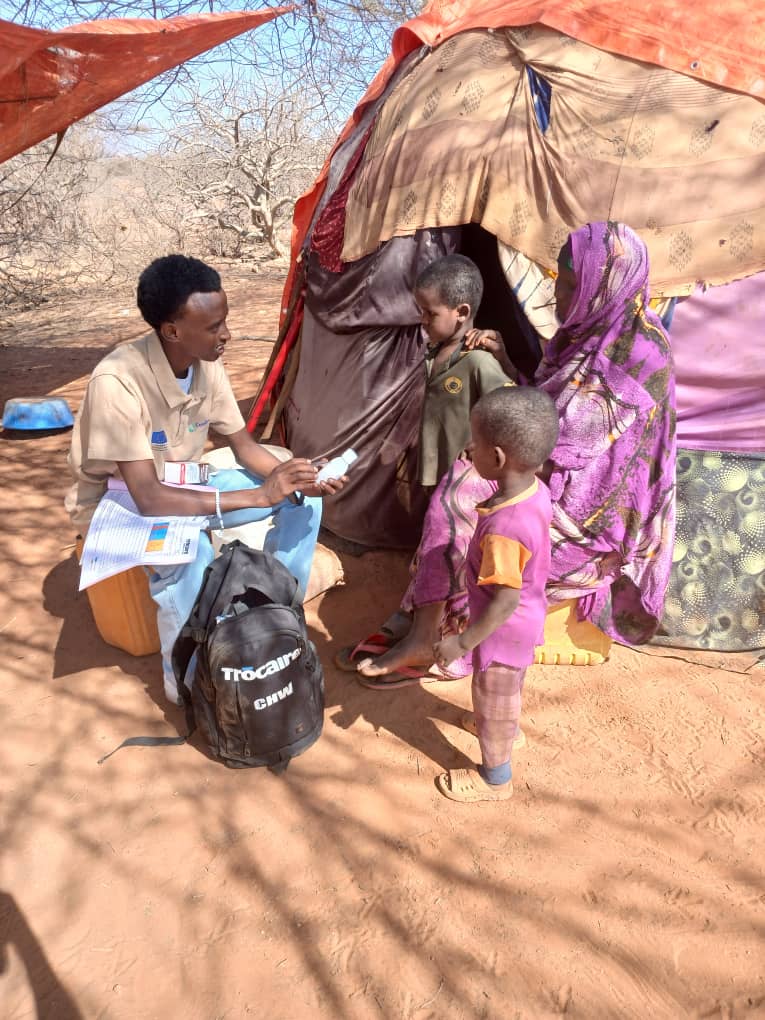Eighteen-month-old Barwaaqo Abdallah Mohamed arrived at Hudur Stabilization Center in a critical state. She had been ill for weeks—feverish, weak, and with a swollen abdomen that left her mother, Habiba Ibdow, deeply worried.
“I held her every night praying she would make it to the next morning,” Habiba said. “She wasn’t eating, she cried all the time, and we didn’t know what was wrong.”
The family had come from Gudal, a small farming village about 30 kilometers from Hudur. Their hardship had been made worse by a failed harvest between late 2024 and April 2025. With no crops to sell and their goats no longer producing milk during the dry season, the family’s income had all but disappeared. Barwaaqo’s father took on casual labor at nearby farms, but it wasn’t enough.

When she reached the regional hospital, health workers quickly noticed signs of severe malnutrition, anemia, and an enlarged spleen. She was referred to a nearby facility that supports Kala Azar patients, where she was diagnosed with visceral leishmaniasis—a parasitic disease transmitted by sandflies and endemic in parts of southern Somalia.
She was also found to be acutely malnourished, and her condition required immediate intervention.
“We’ve seen many children from farming communities like Gudal this year,” said Dr. Mohamed Maalim Ahmed, a local health officer. “The failed harvest created widespread hunger. Kala Azar made it worse. Without treatment, it can be fatal.”
Improved Diagnosis and Coordinated Response
Diagnosing Kala Azar remains a challenge in Somalia. Its symptoms—persistent fever, weight loss, and spleen enlargement—can resemble other illnesses like tuberculosis. In past years, blood samples had to be sent to labs outside the country, often delaying care.
That process has improved with the presence of the Damal Caafimaad Project, which introduced diagnostic kits and reagents to facilities in Bakool. Lab tests are now available locally, allowing health workers to confirm cases and begin treatment more quickly.
In Barwaaqo’s case, this made a crucial difference. Once diagnosed, she was admitted for inpatient care, where she received treatment for Kala Azar, therapeutic feeding, and medication. Her appetite returned, and over ten days, her condition steadily improved. Her Mid-Upper Arm Circumference (MUAC) rose to 12.4 cm, and the swelling in her abdomen reduced.
Thanks to strong coordination between health actors, her care was uninterrupted. A local partner provided daily injections for Kala Azar, and Action Against Hunger arranged reliable transport between the two treatment sites. This made it possible for Barwaaqo to receive complete care for both malnutrition and the infection.
“When she started eating again, my tears fell,” said Habiba. “That gave me hope. We had lost so much—but not her.”
Barwaaqo was later discharged and referred to outpatient therapeutic feeding services in Hudur. Her treatment continued locally, allowing her recovery to proceed without further interruption. The family planned to return to Gudal once the treatment package was finished.
A Broader Public Health Challenge
Kala Azar has existed in Somalia since the 1930s, with recurring outbreaks in regions like Bakool and Bay. Children are most at risk. Official estimates suggest 400 to 1,000 cases per year, though the true number may be higher due to underreporting and low community awareness. Many families initially treat symptoms at home, often delaying care.
Ongoing conflict, displacement, and limited infrastructure only add to the challenge. But efforts led by the CaafimaadPlus consortium, in partnership with the Damal Caafimaad Project and the Ministry of Health, are helping close critical gaps. While Damal Caafimaad supports the hospital’s general services, CaafimaadPlus focuses on the nutrition sector, together creating a more integrated response.

This complementarity—across referral systems, diagnostics, treatment, and follow-up—shows that coordinated action at the local level can improve outcomes, even in fragile settings.
“Without this center and the people helping us, my daughter wouldn’t have recovered,” Habiba said. “This disease—Dedebsa—is in many homes. Some people hide it or try to treat it themselves. That’s costing lives.”
Barwaaqo’s recovery shows what is possible when essential services reach the most vulnerable. But there is a need to expand surveillance, strengthen community awareness, and improve access to diagnosis and treatment across endemic areas.





